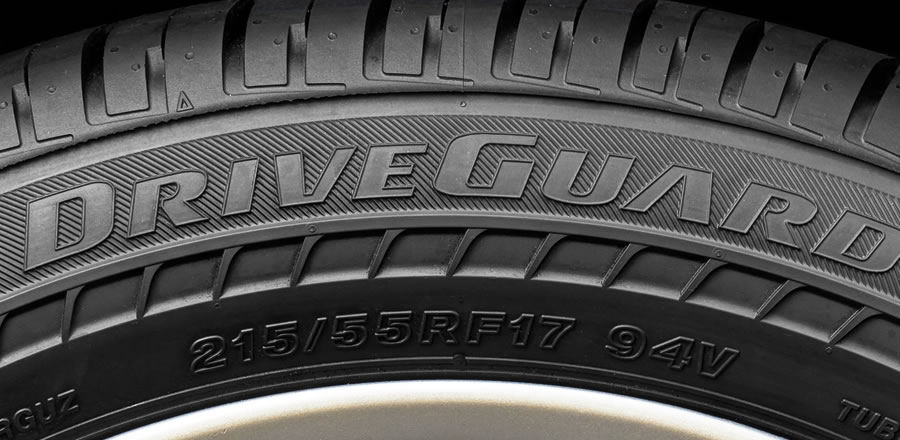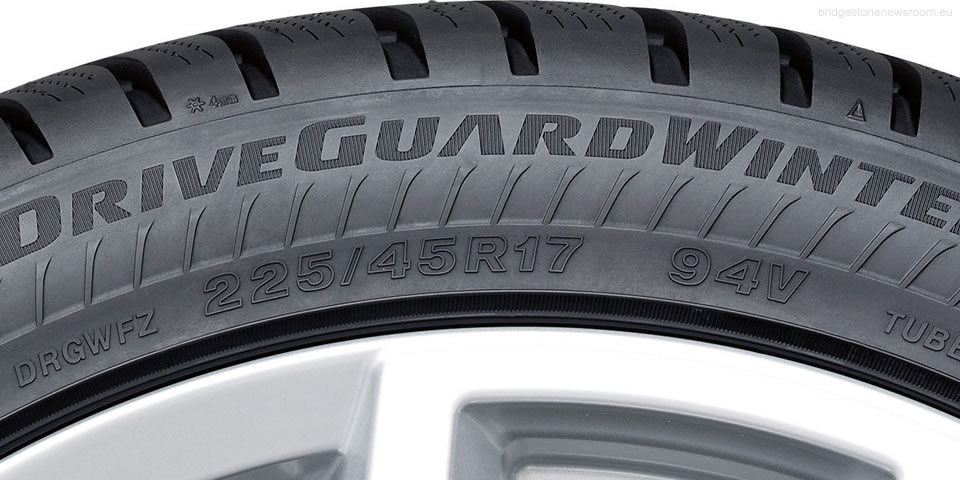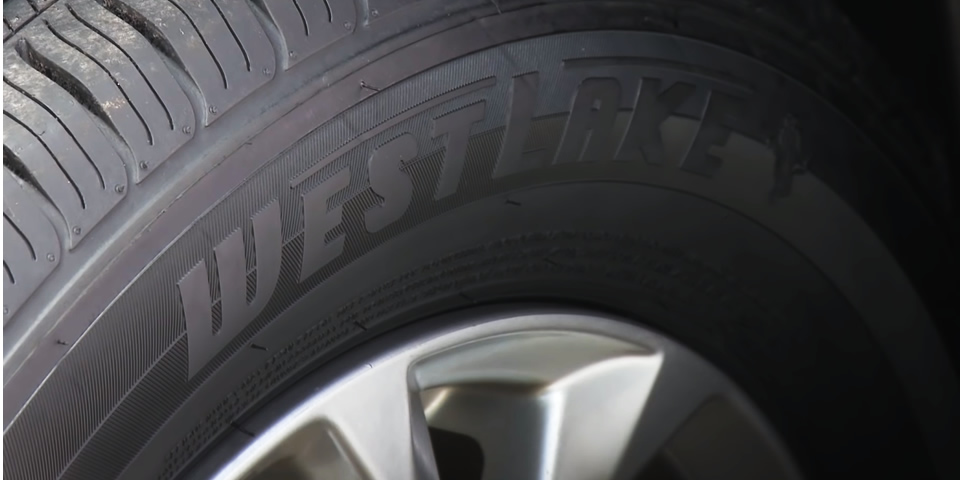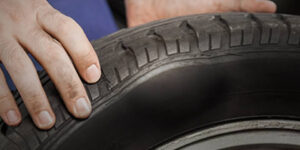What Does 91w Mean on a Tire
Understanding the markings, such as the 91W, is essential for making informed decisions about your vehicle's safety and performance!

Welcome to our latest post where we dive into the world of tires and uncover the meaning behind those perplexing numbers and letters. If you’ve ever glanced at your tire sidewall and wondered what “91W” means, you’re in the right place! In this post, we’ll break down the mystery of tire markings and help you understand the significance of that enigmatic code. So, buckle up and let’s hit the road to discover the truth behind “91W” on a tire.
Must Read:
- Run flat tire can be repaired? It depends!
- Are Fullway Tire Brand Good and Safe?
- Why are F1 Tires Shiny?
- What Causes Tire Sidewall Blistering?
- Why is it Important to Rotate Car Tires?
Understanding Tire Markings
Understanding tire markings: Tire markings may seem like a mysterious code, but they play a crucial role in determining the specifications and capabilities of your tires. These markings provide key information about tire size, load capacity, speed rating, and more. By understanding these markings, you can ensure that you choose the right tire for your vehicle and driving needs.
Let’s start with the numbers. You’ll often see a combination of three numbers that represent the tire size. For example, in the case of “91W,” the number 91 refers to the load index, which indicates the maximum weight that the tire can safely support. The higher the number, the greater the load capacity.
The letter that follows the load index, in this case, “W,” represents the speed rating of the tire. Speed ratings indicate the maximum speed that the tire can safely handle. Each letter corresponds to a specific speed range, such as “W” for speeds up to 168 mph. It’s essential to match the speed rating of your tires to the capabilities of your vehicle to ensure safe and optimal performance.

Understanding these markings is vital for several reasons. Firstly, it allows you to select the right tire size that matches your vehicle’s specifications. Secondly, it ensures that your tires can handle the weight of your vehicle and its cargo, promoting safety and longevity. Finally, it helps you stay within the recommended speed limits, maximizing both safety and performance.
By familiarizing yourself with tire markings, you can confidently choose the appropriate tires that meet your specific driving requirements. Let’s continue our exploration to uncover more about tire markings and their significance.
Decoding the 91w Marking
Decoding the 91W marking: Now, let’s take a closer look at the 91W marking and understand its significance. The number 91 in this marking refers to the tire’s load index, which indicates the maximum weight that the tire can safely support. Each load index corresponds to a specific weight capacity, and you can find a load index chart provided by tire manufacturers to determine the exact weight that a tire can carry. For example, a tire with a load index of 91 can handle a maximum load of 615 kilograms or 1,356 pounds.
Moving on to the letter W, it represents the tire’s speed rating. Speed ratings indicate the maximum speed that a tire can handle under optimal conditions. Each letter corresponds to a specific speed range. In this case, the letter W signifies a speed rating of up to 168 miles per hour or 270 kilometers per hour. It’s important to note that this rating reflects the tire’s capability but doesn’t mean that you should constantly drive at or near that speed.
Both the load index and speed rating are essential considerations when choosing tires for your vehicle. It’s crucial to select tires that can support the weight of your vehicle and provide a safe driving experience at the speeds you typically travel. By understanding these markings and their relationship to load capacity and speed rating, you can make an informed decision when it’s time to replace your tires.
Remember, tire markings may seem complex at first glance, but they serve as a valuable guide in ensuring your safety and optimizing your vehicle’s performance on the road.
Significance of Load Capacity
Significance of load capacity: Understanding a tire’s load capacity is of utmost importance when it comes to both performance and safety of your vehicle. The load capacity refers to the maximum weight that a tire can safely carry. Exceeding this weight limit can lead to numerous issues, such as compromised handling, increased stopping distance, and even tire failure.
Choosing a tire with the appropriate load capacity is crucial to ensure the vehicle operates optimally. Under-inflated tires can be a result of exceeding the maximum load capacity, leading to increased rolling resistance and decreased fuel efficiency. On the other hand, overloading a tire can cause excessive heat buildup, which can accelerate tire wear and increase the risk of a blowout.
In addition to the direct impact on the tires themselves, exceeding the load capacity can also affect other components of the vehicle, such as the suspension and braking system. Overloading can place additional strain on these components, leading to premature wear and reduced performance.
To determine the correct load capacity for your vehicle, it’s essential to consult the manufacturer’s guidelines or your vehicle’s manual. These resources will provide you with the recommended load limits based on factors like the vehicle’s weight distribution and intended usage.
By understanding and adhering to a tire’s load capacity, you not only enhance the overall performance and fuel efficiency of your vehicle but also prioritize the safety of yourself and your passengers.

Unraveling the Speed Rating
Unraveling the speed rating: Speed ratings play a significant role in determining a tire’s performance capabilities and how it will handle at higher speeds. These ratings are typically represented by letters, such as W in the case of “91W.” The speed rating indicates the maximum speed that a tire can handle under optimal conditions. To assign speed ratings, tires undergo extensive testing to ensure they can withstand high speeds without compromising safety or durability. Each letter corresponds to a specific speed range.
For instance, W indicates a speed rating of up to 168 mph (270 km/h). It’s important to note that speed ratings are not an endorsement to drive at excessive speeds, but rather an indication of a tire’s ability to handle and dissipate heat generated at higher speeds. Higher speed ratings generally imply superior performance characteristics such as improved stability and responsiveness, making them suitable for sportier vehicles or those requiring precise handling. It’s crucial to match the speed rating of your tires to your vehicle’s capabilities and intended usage.
Mismatching speed ratings may lead to compromised tire performance, reduced handling capabilities, and increased risk of tire failure. Always consult your vehicle’s owner manual or consult with a tire professional to ensure you choose the right speed-rated tire for your specific vehicle and driving style.

Choosing the Right Tire for Your Vehicle
Choosing the right tire for your vehicle: When it comes to selecting the appropriate tire, it’s crucial to consider your vehicle’s specific load capacity and speed requirements. Here are some tips and guidelines to help you make an informed decision and ensure optimal performance:
1. Consult your vehicle manufacturer’s recommendations: Start by checking your vehicle’s owner’s manual or contacting the manufacturer to understand the recommended tire specifications. This will give you a baseline for the load capacity and speed ratings suitable for your vehicle.
2. Determine your vehicle’s load requirements: Consider the weight your vehicle typically carries, including passengers, cargo, and other additional loads. Ensure that the tire’s load capacity, indicated by the load index, exceeds the total weight.
3. Assess your driving habits: Evaluate your typical driving conditions and speed requirements. If you often drive at high speeds or frequently encounter demanding road conditions, consider opting for tires with higher speed ratings for enhanced handling and stability.
4. Seek professional advice: If you’re unsure or need further assistance, it’s always a good idea to consult a tire professional. They can provide personalized recommendations based on your specific vehicle, driving habits, and climate conditions.
Remember, selecting the right tire based on load capacity and speed requirements is essential for both your safety and the longevity of your tires. Taking the time to evaluate these factors will help you choose the perfect tire that meets your vehicle’s needs with precision and confidence.
Maintenance and Care for Tires
Maintenance and care for tires: Proper tire maintenance is crucial for optimal performance, safety, and longevity. By following these essential steps, you can ensure that your tires are in good condition and have a longer lifespan:
1. Regularly check for wear and tear: Inspect your tires visually for any signs of damage, such as cuts, bulges, or punctures. Check the tread depth to ensure it meets the legal requirements and consider replacing tires that are worn beyond recommended depths.
2. Proper inflation: Keep your tires properly inflated according to the manufacturer’s recommended pressure. Underinflated tires can cause excessive heat buildup, increased rolling resistance, reduced fuel efficiency, and uneven wear. On the other hand, overinflated tires can compromise handling, reduce traction, and increase the risk of tire failure. Use a reliable tire pressure gauge and check the pressure regularly, including the spare tire.
3. Regular rotation: Tire rotation involves moving the tires from one position to another on the vehicle. This helps ensure even tread wear and extends the overall lifespan of the tires. Follow the recommended rotation patterns provided by the vehicle manufacturer or consult a tire professional to determine the appropriate rotation interval for your specific vehicle.
4. Alignment and balancing: Proper wheel alignment and balancing help maintain optimal tire performance and longevity. Misaligned wheels can cause irregular tire wear, reduced handling, and decreased fuel efficiency. Wheel balancing ensures even weight distribution and enhances ride comfort. If you notice vibrations or uneven tire wear, have your wheels aligned and balanced by a qualified professional.
Remember, regular maintenance and care for your tires not only improve performance and safety but also save you money in the long run by maximizing their lifespan. Stay diligent in checking for wear and tear, maintaining proper inflation, and scheduling regular rotations to keep your tires in top-notch condition.








